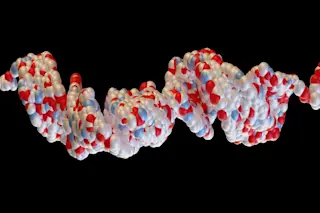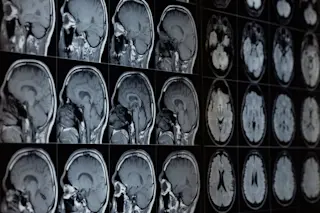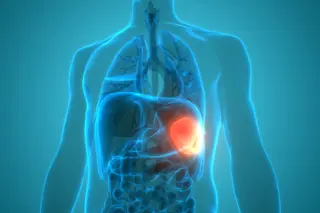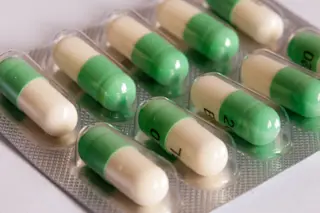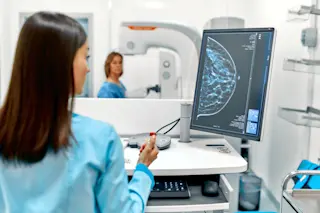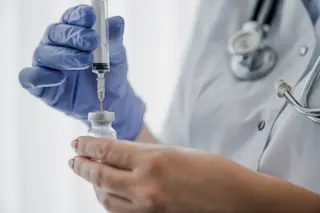An oligodendrocyte---the type of cell that manufactures myelin.
At first, the infants seem to be progressing normally. But it soon turns out they may have vision or hearing problems, and when the time comes to lift their heads, the milestone comes and goes. It often gets worse from there. Children with the rare Pelizaeus–Merzbacher disease
, like others who lack the usual insulating sheaths on their neurons, have trouble controlling their muscles, and often develop serious neurological and motor problems early in life. There is no cure for the genetic disorder. Nor is there a standardized treatment. PMD, as it's called, and related diseases are some of the leading candidates for potential treatment with stem cells. The idea is that if stem cells that produce the missing insulator, the fatty substance called myelin, can be successfully implanted in the brains of patients, perhaps they will pitch in what the patient's ...




